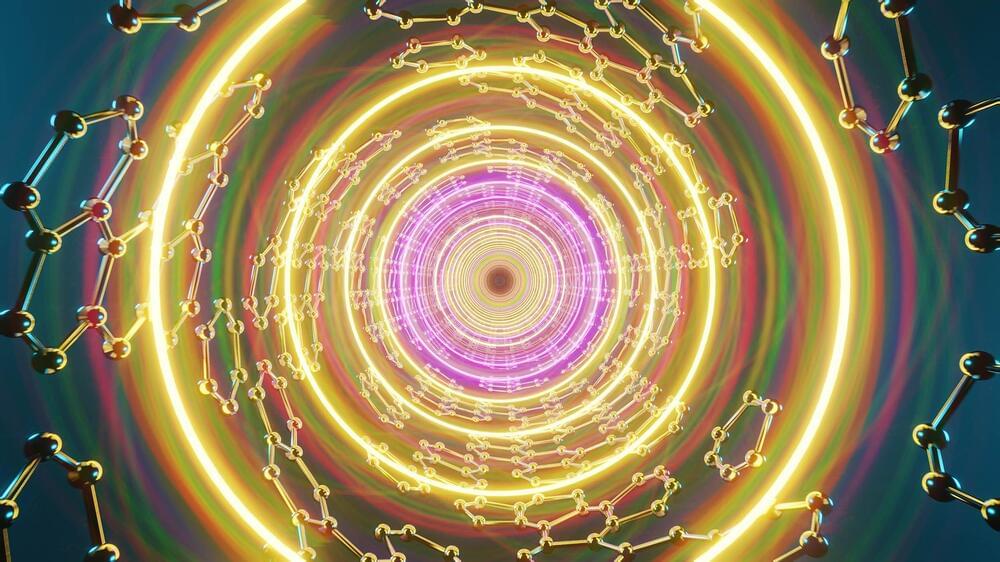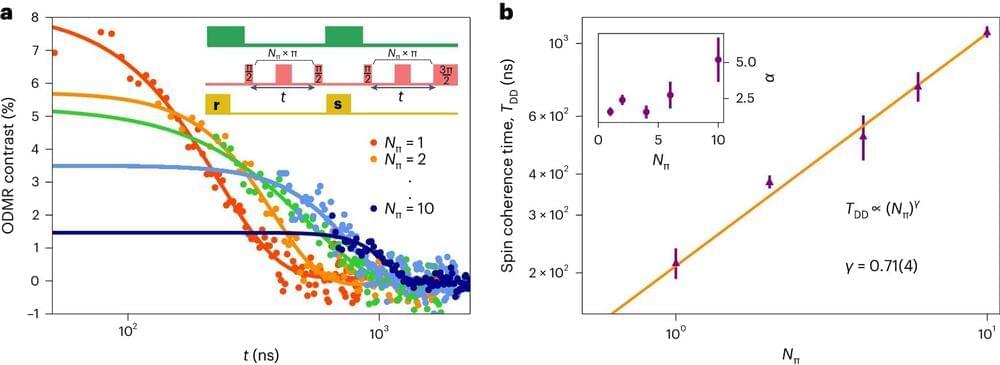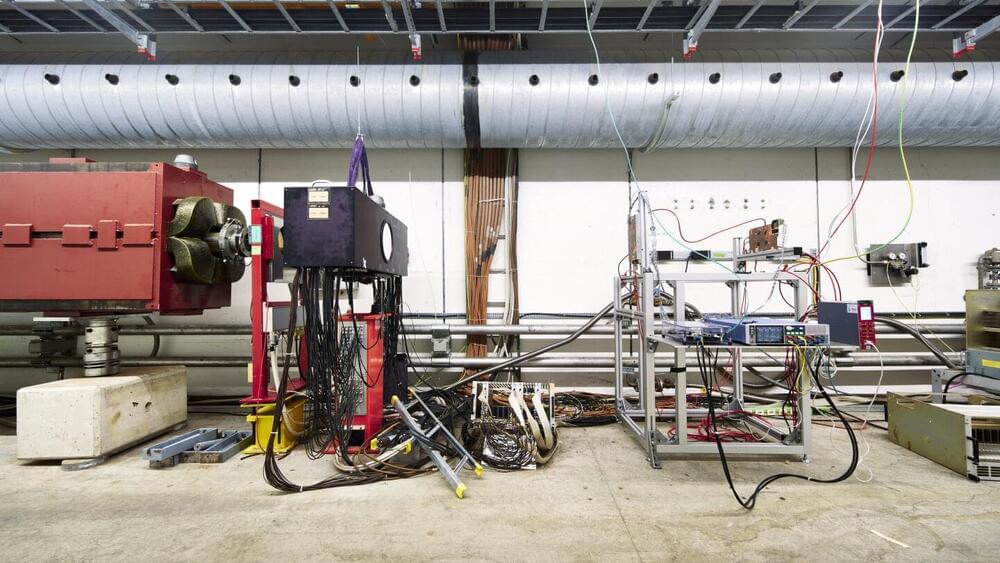May 22, 2024
Quantum tunnels allow particles to break the light-speed barrier
Posted by Shailesh Prasad in categories: particle physics, quantum physics
In the fascinating realm of quantum physics, particles seem to defy the laws of classical mechanics, exhibiting mind-bending phenomena that challenge our understanding of the universe. One such phenomenon is quantum tunneling.
In quantum tunnels, particles appear to move faster than the speed of light, seemingly breaking the fundamental rules set by Einstein’s theory of relativity.
However, a group of physicists from TU Darmstadt has proposed a new method to measure the time it takes for particles to tunnel, suggesting that previous experiments may have been inaccurate.

















